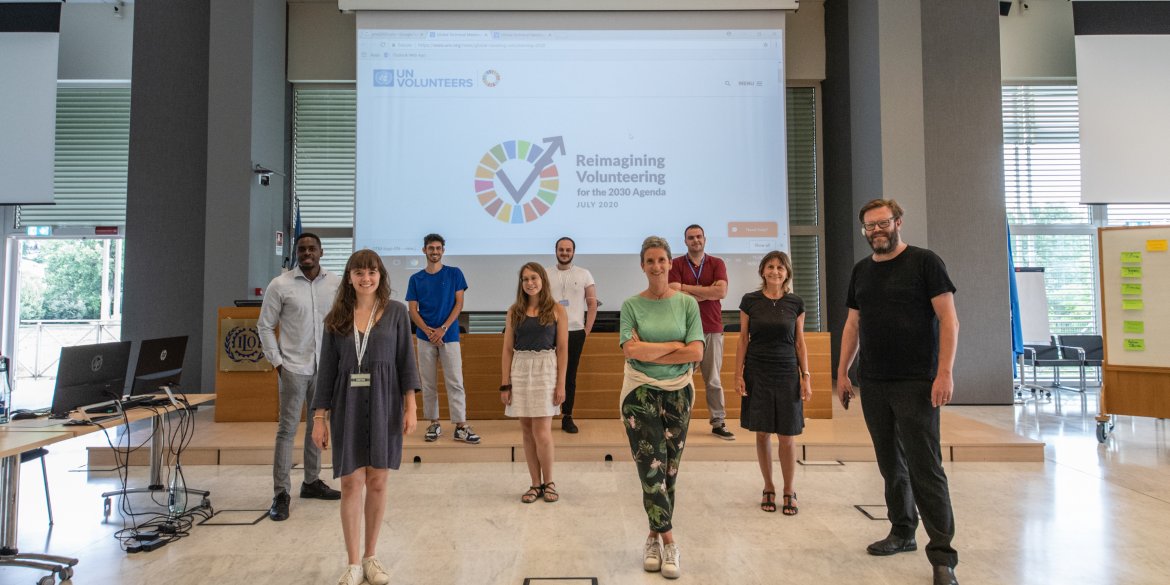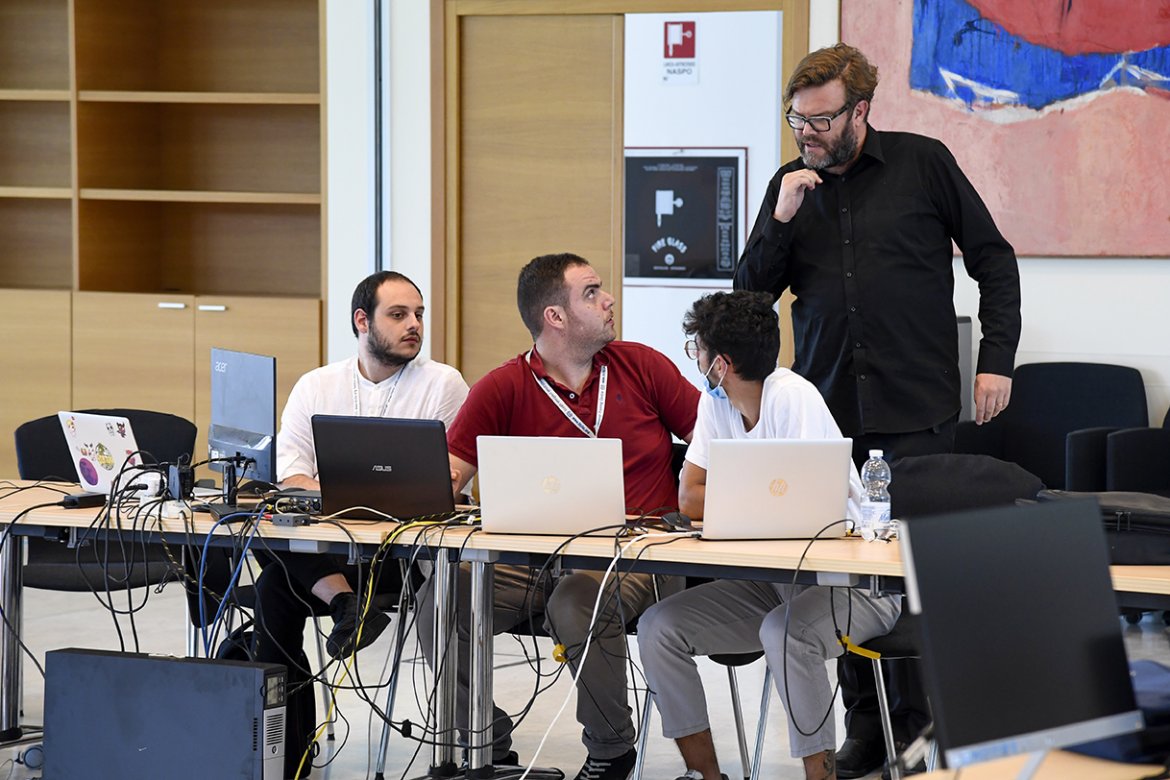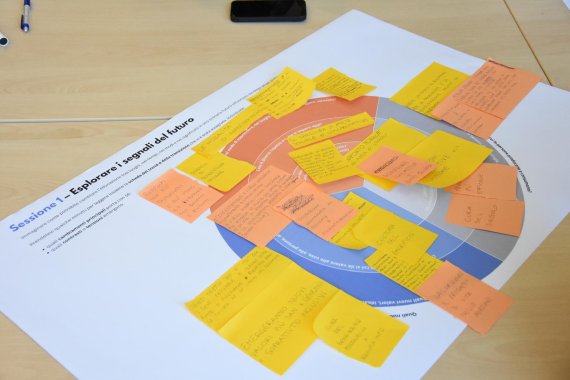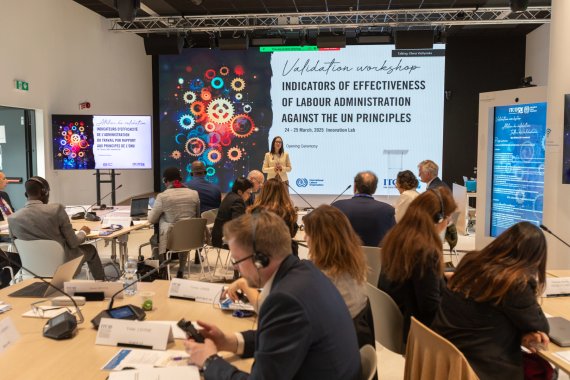How to create an online event in 2020
How to create an online event in 2020
In a year marked by social distancing, the ITCILO is a vanguard of online education
8 Settembre 2020

Separated by screens, united in purpose
2020 is the year of virtual gatherings. It was no different for the Global Technical Meeting “Reimagining Volunteering for the 2030 Agenda.” More than 4,000 attendees from 179 countries joined together for this online discussion amidst the COVID-19 global pandemic.
Energizing contributions and inspirational videos filled the four days of the #GTM2020 from 13 to 16 July. Through expert contributions, diverse perspectives, and dynamic panels, attendees journeyed through a series of virtual debates on the future of volunteering and committed to a collective call to action toward the 2030 Agenda.
From ideas to reality
Thousands attended this global event from the comfort of their own homes, via Zoom. To make this a reality, UN Volunteers teamed up with the ITCILO. It took a series of complex puzzle pieces from high-level trainers and webinar facilitators to video technicians and social media experts to transform tech-based platforms into human-centred engagement.
Here's how we did it.

“Webinars will never be the same as in-person sessions. You must create a rhythm. Every 10 minutes, something changes. Try applying some of the methods you use in the classroom.”
- Alessia Messuti, Programme Officer
Tip 1: Harmonize webinar facilitators and trainers
Our teams were physically distant, yet technologically unified. A live filming team in Bonn, Germany was directly linked to the coordination operations in Turin, Italy. Each of the speakers were updated in real time about their interventions, the six panels and five regional breakout sessions were facilitated by training experts to engage thousands of attendees, and the six language interpreters were synchronized consistently throughout the event.
Steps for success:
- Adapt a full programme into an online global event across multiple time zones
- Set up registration forms and online participant lists
- Contract professional journalists to introduce and moderate sessions
- Train a group of online facilitators and moderators
- Create visual instructions to encourage audience interaction
- Prepare and package documentation for each session to inform attendees
“Using visual communication in these events is fundamental. We always work to keep high audience engagement and guarantee a real life, in-person feeling.”
- Paolo Spadavecchia, Video Producer
Tip 2: Unite dynamic videography and communications experts
A fully virtual event calls for a tech-savvy team. The production team played an active role before, during, and after the event. Editing pre-recorded speeches and animating informational videos allowed for smooth coordination of the livestreaming. Fast reaction time and detail-oriented broadcasting were the keys to delivering a high-quality global event, remotely.
Steps for success:
- Liaise with UN WebTV for global access
- Coordinate pre-recorded sessions with livestreaming
- Diversify engaging video formats for animations, lightning talks, and TED-style speeches
- Write storyboards and edit content for inspirational videos
- Streamline process to craft a recap video in real time
“Global virtual events decrease our carbon footprint, while increasing our intellectual footprint. We link minds across cultures like never before.”
- Delphine Dall’Agata, Copywriter
Tip 3: Work with innovative social media creators and writers
To create a buzz around the event, we implemented a social media campaign to foster collective action. The impact was global. The event hashtag #volunteerSDGs reached more than 2.5 million people between June and July 2020. Facebook posts generated 10,647 total engagements and 9,215 likes, and Twitter posts attracted 21,659 total engagements and 2,198 retweets. Registration and participation were maximized through strategic media posts and messages.
Steps for success:
- Strategize a communication plan for key messages and visual identity
- Launch a press release to notify media about the event
- Develop a social media strategy and calendar to increase engagement
- Collaborate with designers and writers to make media post ideas a reality
- Write a blog post to spread the word about the event
- Track and measure social media engagement on all channels
- Design a visual event report to share the impact


